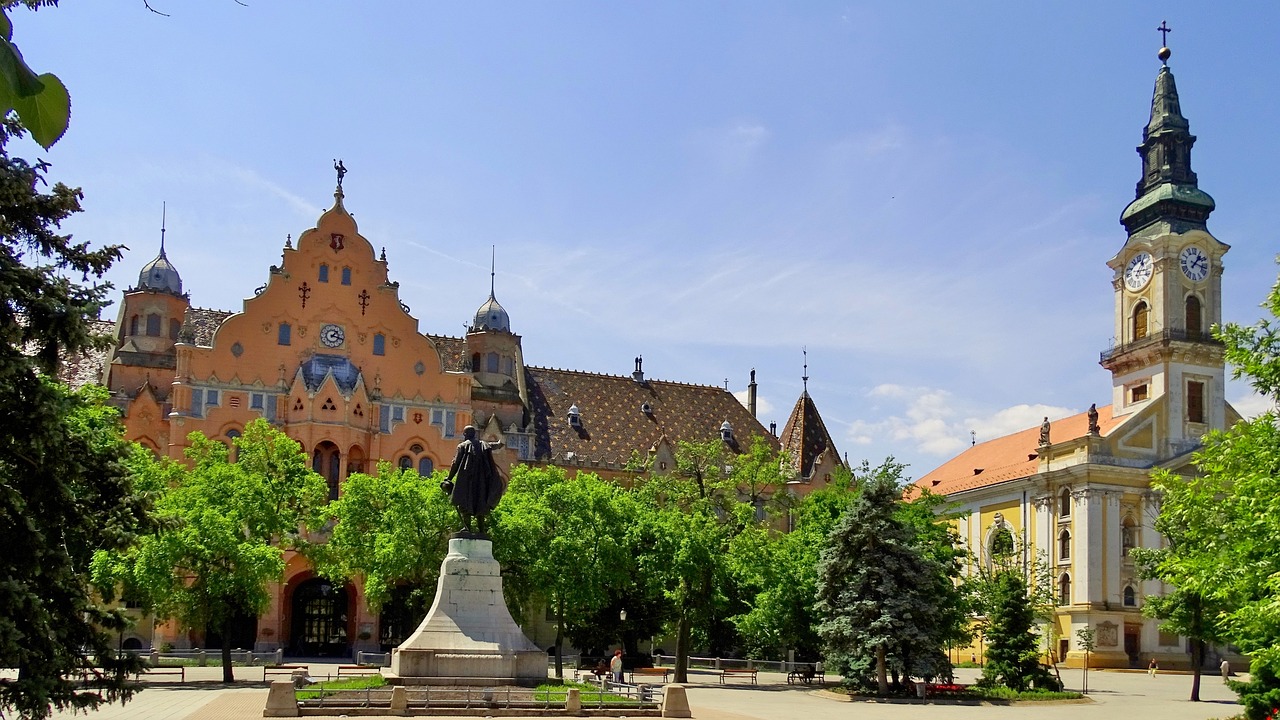
The exquisite jewelry likely belonged to an elite woman of the Bronze Age period.Continue reading

The exhibition In Search of a Lost People – The Life of the Avars on the Danube-Tisza River opened at the József Katona Museum in Kecskemét (Central Hungary), showcasing the colorful history of Bács-Kiskun County and the Avar period, reports hirös.hu.
The exhibit, exploring the Avars from the 6th to the 9th centuries, presents groundbreaking discoveries from excavations at the Mercedes factory site in Kecskemét, revealing complex and intricate Avar settlements.
Curated by Gábor Wilhelm, Zsófia Rácz, and Gabriella Hajdrik, the exhibition features over a dozen burial sites, with the Kecskemét settlement being the largest of its kind uncovered from Early Antiquity.
This significant find reshapes previous notions about Avar settlements and introduces a national-level discovery.
It also highlights the latest anthropological and genetic research, shedding light on the people’s origins, lifestyles, kinship, and diseases.
One of the exhibition’s most gripping displays is a brutal murder discovered in Szentkirály (near Kecskemét). Archaeologists found two men in a building, one of whom had been stabbed with an iron knife, with genetic tests linking the victim to a family from Kunpeszér that was related to a tribal leader. This discovery raises fascinating questions about the motive behind the crime.
Other major finds include a wooden box containing tools from an artisan workshop discovered in the Danube riverbed, revealing a rich history of craftsmanship.
Additionally, genetic studies from a cemetery in Kunszállás (located in the same region) reconstructed a six-generation family tree and uncovered a case of adultery, adding a human element to the ancient history.
The exhibition also features a variety of artifacts, including Avar skulls and reconstructed faces, offering a diverse view of the Avar people. For younger visitors, a special educational section, led by the character Avarka, provides a playful yet informative journey through the Avar world.
Via hirös.hu; Featured Image: